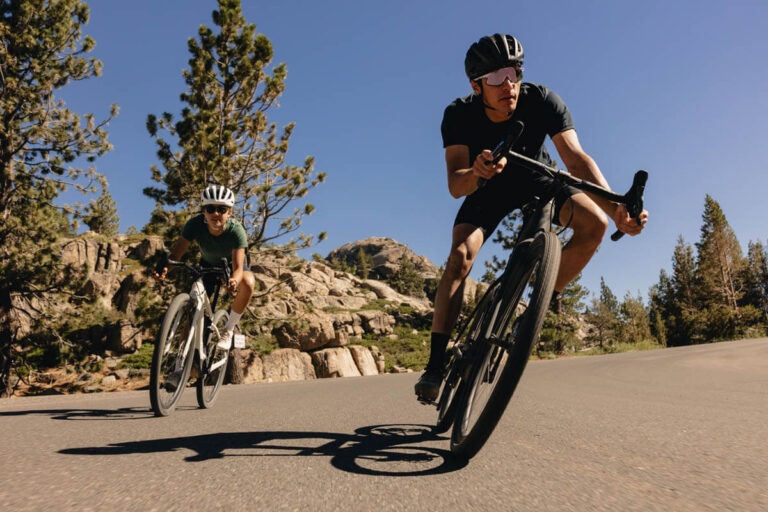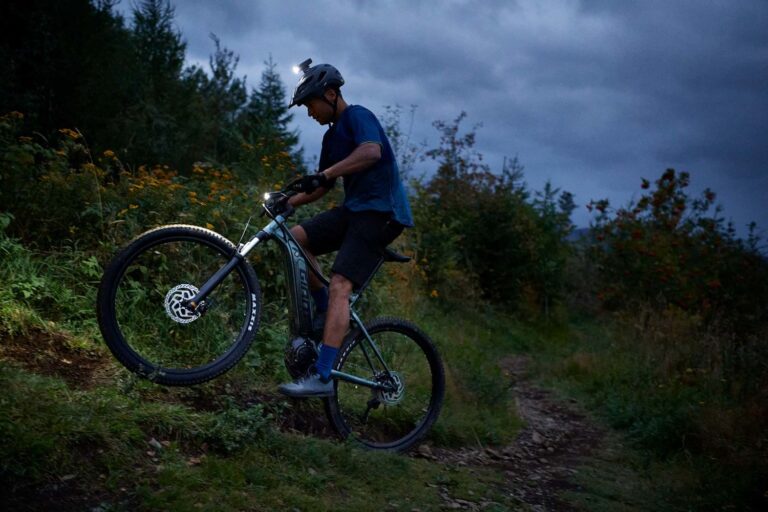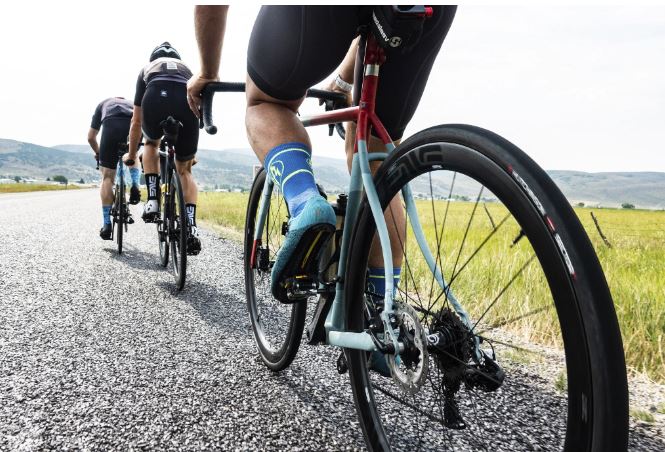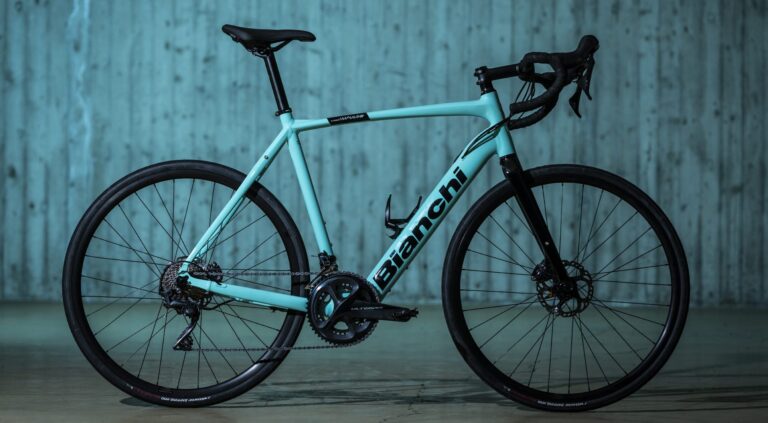The Evolution of Mountain E-Bikes: A Master Cyclist’s Perspective

Key Point Summary of The Evolution of Mountain E-Bikes:
- Introduction of E-Bikes: Marked a revolutionary shift in cycling, offering pedal assistance that opened up mountain biking to a broader audience.
- Technological Advancements: Continuous improvements in battery life, motor efficiency, and bike design have made mountain e-bikes lighter, more powerful, and more capable than ever before.
- Impact on Accessibility: E-bikes have democratized mountain biking, making it accessible to cyclists of varying fitness levels and ages.
- Environmental and Social Considerations: E-bikes offer a green alternative to motorized off-road vehicles and have fostered a growing community of cyclists.
As someone who’s spent decades navigating the trails on mountain bikes, gravel bikes, and cyclocross, I’ve witnessed firsthand the incredible evolution of cycling technology. From the adrenaline-fueled descents on my traditional mountain bike to the exhilarating speed of cyclocross racing, each style of cycling has its unique charm.
However, nothing has quite transformed the landscape of off-road cycling like the advent and evolution of mountain e-bikes. Let’s dive into how these electrified steeds have changed the game, all through the lens of a master cyclist with a penchant for both the thrill of the race and the joy of a leisurely trail ride.
The Dawn of the E-Bike Era: Technological Leap
Over the years, I’ve seen mountain e-bikes evolve from those early, cumbersome models to the high-tech marvels they are today. The batteries have become more compact and significantly more powerful, allowing for longer rides on a single charge. Motors are now so efficient and quiet that sometimes the only clue you’re on an e-bike is the ease with which you’re climbing steep trails. Frame designs have also seen a revolutionary shift, with materials and construction techniques improving to handle the added weight and power, making the bikes both durable and agile.
One personal anecdote that stands out is my first race on a mountain e-bike. I was used to the grueling effort required to maintain speed on uphill sections in traditional mountain bike races. However, with the e-bike, I could conserve energy during climbs and push harder on the flats and descents. It was a game-changer, not just in strategy but in the sheer joy of being able to tackle a challenging course with a new edge.

Breaking Barriers
Perhaps the most profound impact of mountain e-bikes has been their ability to make off-road cycling more accessible. I’ve seen friends and family members, who once hesitated at the thought of a mountain bike trail, now eagerly joining me on rides. E-bikes have a leveling effect, allowing cyclists of different fitness levels to ride together. This inclusivity has not only brought more people into the cycling community but has also opened up a world of adventure to those who might not have the physical ability to tackle demanding trails on a traditional bike.
Environmental and Social Ripple Effects
On a broader scale, mountain e-bikes represent a significant step forward in eco-friendly outdoor recreation. They offer a sustainable alternative to gas-powered off-road vehicles, reducing the carbon footprint of accessing nature’s beauty. Furthermore, the growing popularity of e-bikes has fostered a sense of community among cyclists. Group rides, events, and races specifically for e-bike riders are becoming more common, bringing people together over shared experiences and the love of cycling.
The Road Ahead
Looking forward, the evolution of mountain e-bikes shows no signs of slowing down. Innovations in battery technology and motor efficiency continue to push the boundaries of what’s possible. Moreover, as the stigma around e-bikes dissipates, we’re seeing more acceptance and integration of these bikes into the broader cycling community.
One area ripe for development is the integration of smart technology into e-bikes. Imagine having a bike that can adjust its settings automatically based on the terrain you’re riding, or one that can provide real-time feedback to help you improve your performance. These advancements are not far off, and they promise to make mountain e-biking an even more enticing option for cyclists of all levels.
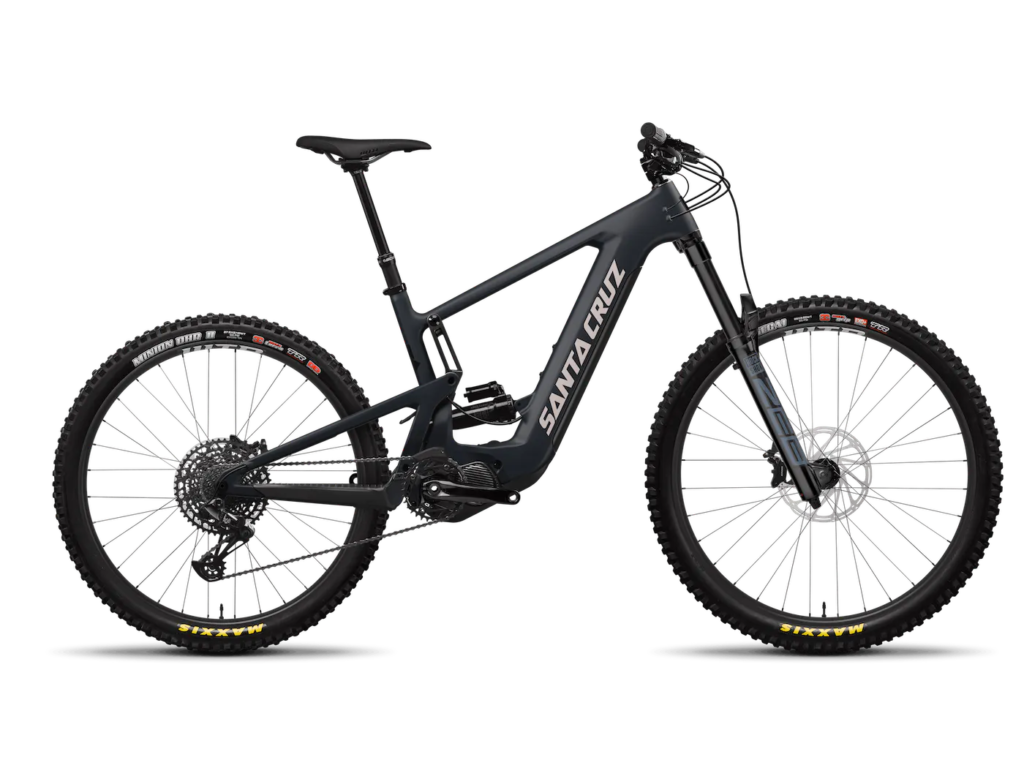
Final Thoughts
As a master cyclist who has raced and ridden through countless technological shifts in the sport, I can say without a doubt that the evolution of mountain e-bikes is one of the most exciting developments I’ve witnessed. These bikes have transformed the way we approach off-road cycling, making it more accessible, enjoyable, and environmentally friendly.
I can share with you some of the top mountain e-bike models that have received high praise for their performance, durability, and innovative features up to that point. Many of these models are often reviewed by professional cyclists and cycling publications for their excellence in various categories, including trail, enduro, and cross-country e-MTBs.
- Specialized Turbo Levo – The Turbo Levo series is renowned for its impressive blend of power, performance, and natural riding dynamics. It’s often celebrated for its battery life and intuitive motor assistance.
- Trek Rail – A versatile e-MTB with powerful assistance and a robust design for aggressive trail riding. The Rail has been commended for its handling and battery range.
- Canyon Spectral:ON – Known for its innovative geometry and balanced power delivery, the Spectral:ON is a favorite among riders looking for a playful and capable trail bike.
- Giant Trance X E+ – With a focus on trail performance, the Trance E+ offers a smooth ride with its Maestro suspension and SyncDrive motor technology, making it a top pick for versatility and reliability.
- Santa Cruz Heckler – Santa Cruz’s first foray into e-bikes has been met with acclaim, offering the brand’s signature quality and ride feel, now with electric assistance.
- Merida eOne-Sixty – The eOne-Sixty is well-regarded for its excellent suspension setup and balanced power, making it a solid choice for enduro riding.
- Scott Genius eRIDE – Offering a comfortable ride with great battery capacity and a versatile performance profile, the Genius eRIDE excels in a variety of conditions.
Additionally, the e-bike market is rapidly evolving, with new models and updates released each year. Therefore, I recommend checking the latest reviews and testing videos from reputable cycling websites, magazines, and YouTube channels where pro cyclists share their insights and experiences with the latest e-bike models. This will ensure you get the most current and comprehensive information to make an informed decision.

FAQ
What is the history of MTB bikes?
Mountain biking began in the late 1970s in California, USA, with cyclists adapting cruiser bikes for off-road use which quickly gained popularity, leading to the production of specialized mountain bikes by the early 1980s.
When did electric mountain bikes come out?
Electric mountain bikes (e-MTBs) began to emerge in the late 2000s, with significant growth and adoption occurring over the past decade. They have become increasingly popular since the early 2010s.
What is the history of electric bikes?
Electric bikes date back to the late 19th century with various patents for electric bicycle designs. However, modern electric bikes began to gain popularity in the 1990s, with significant technological advancements in the 2000s enhancing their performance and appeal.
Are there mountain Ebikes?
Yes, there are mountain e-bikes designed specifically for off-road cycling. These bikes combine traditional mountain bike features with electric motors to assist with pedaling, making uphill climbs and long rides more accessible and enjoyable.

